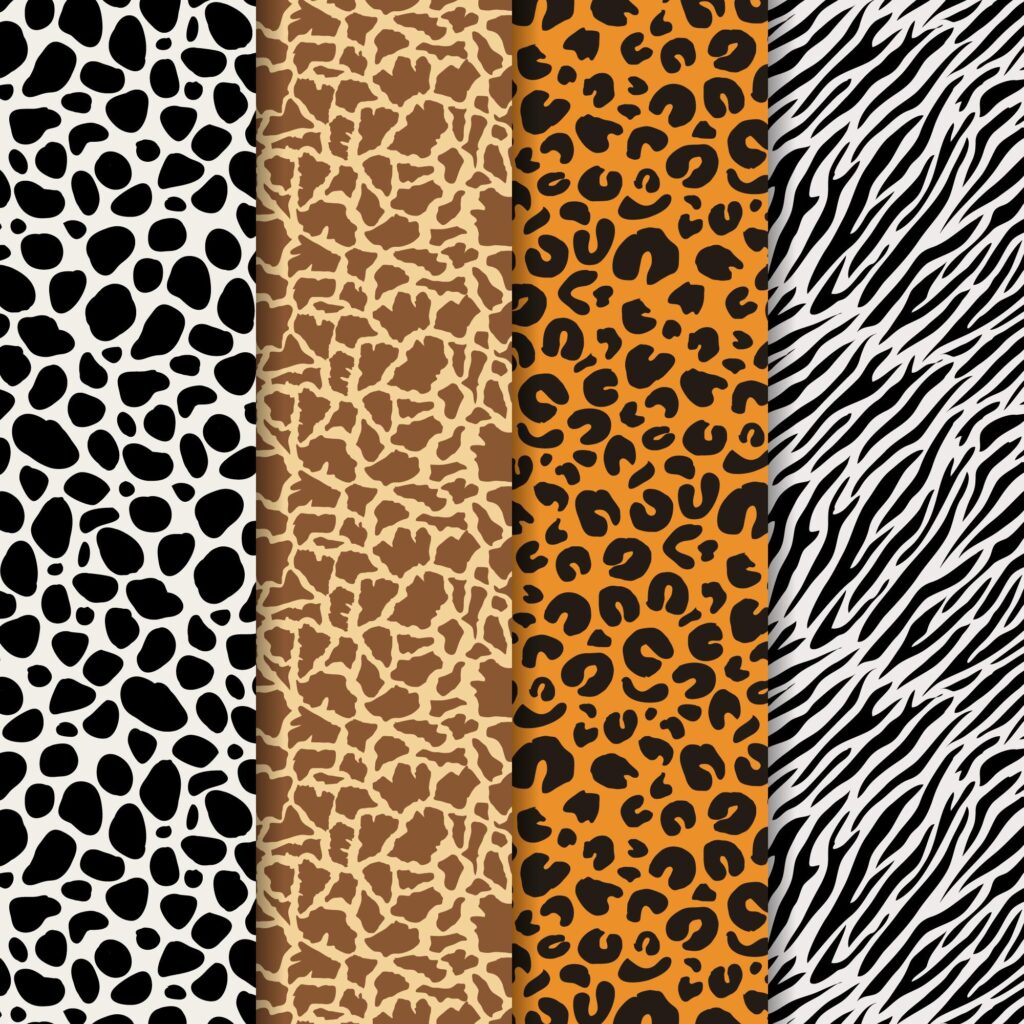Standards We Can Provide

Classification by Quality
- First Grade: No defects, smooth texture, uniform thickness.
- Second Grade: Minor cuts, scars, or holes, but still usable for high-end products.
- Third Grade: Visible defects such as deep scars, holes, or uneven thickness, often used for lower-quality leather goods.
Classification by Weight & Size
- Heavy hides: From larger cattle breeds, typically above 25 kg per piece
- Medium hides: Between 15–25 kg per piece.
- Light hides: Below 15 kg per piece.
Processing Stage Standards
- Raw Hides: Freshly removed, salted, or dried but not processed.
- Wet Blue: Tanned with chromium salts, ready for further processing.
- Crust Leather: Semi-finished leather, dyed but not finished.
- Finished Leather: Fully processed, dyed, and treated for final use.
Industry & Market Considerations
- Moisture Content: Should not exceed 14% to prevent mold.
- Thickness Uniformity: Important for specific leather products (e.g., shoes, bags).
- Tanning Method: Chrome tanning (common) vs. vegetable tanning (eco-friendly).
- Compliance Standards: Many countries regulate leather through environmental and ethical policies, such as REACH (EU) or EPA (USA).
